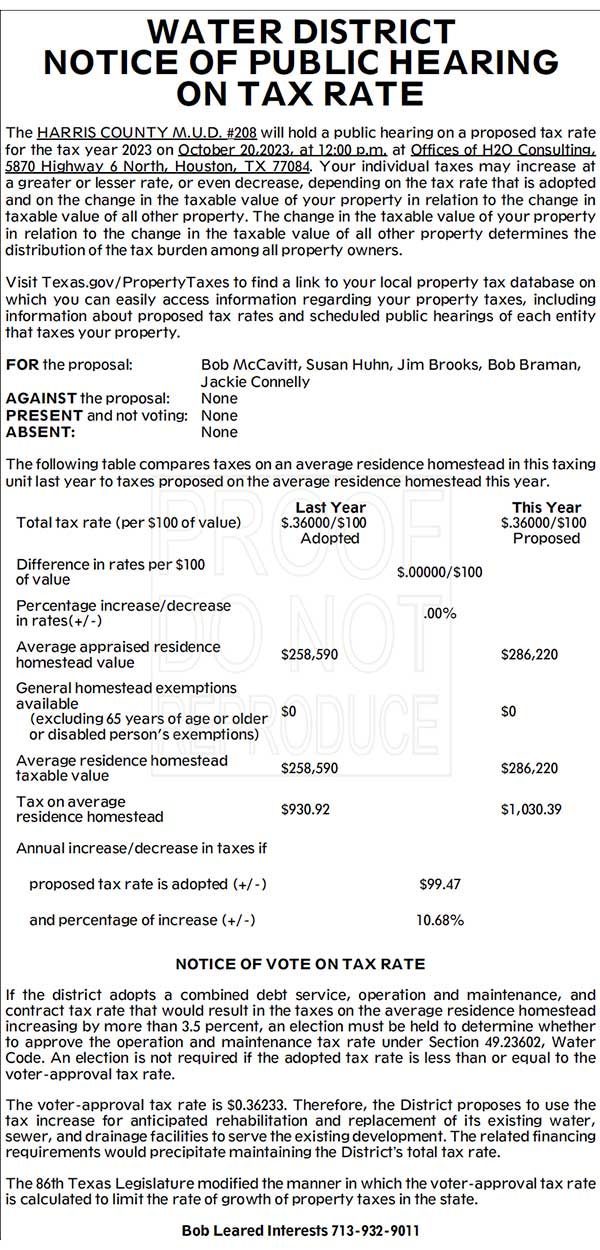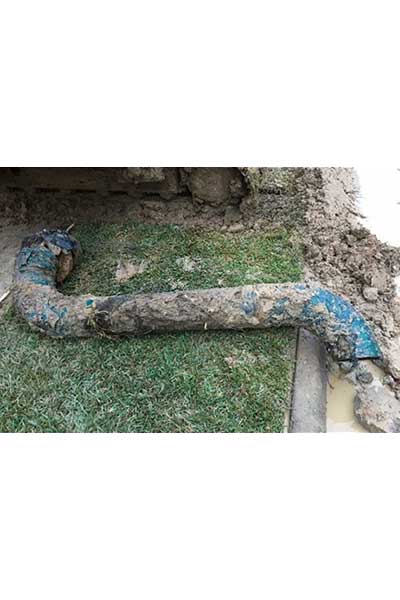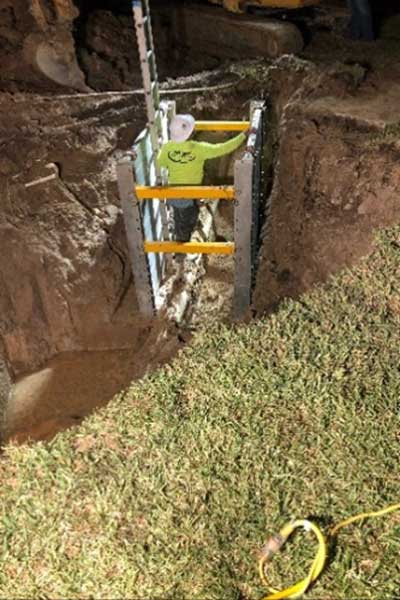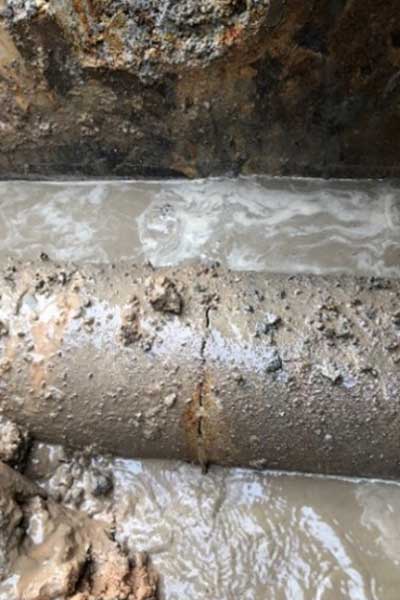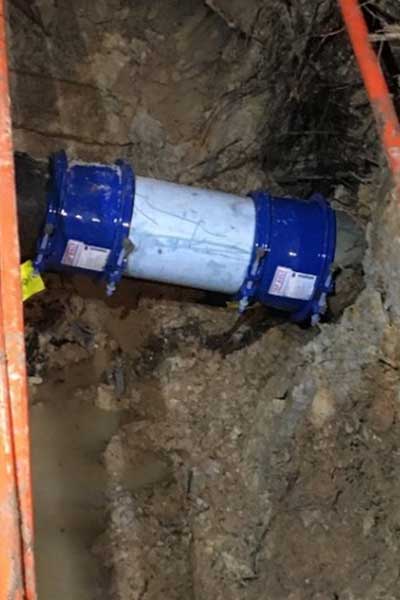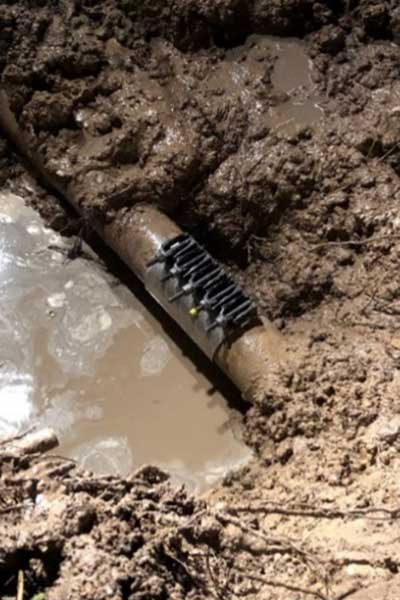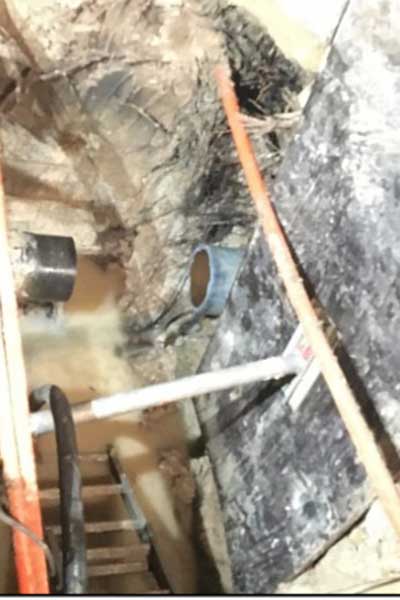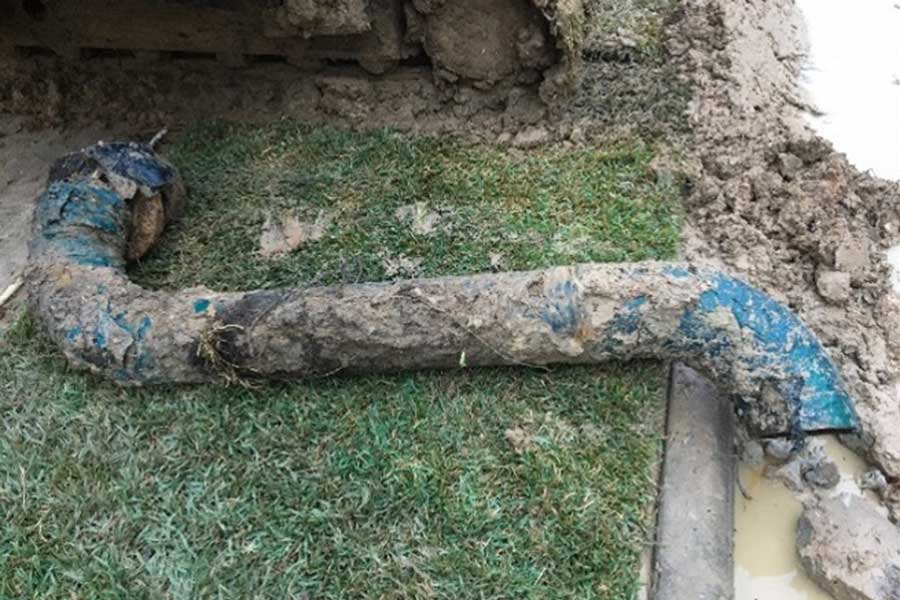WINTERIZE NOW
It is that time of the year again to considering turning off your sprinkler system. St Augustine grass is normally dormant in the winter, requiring very little watering. Texas weather can change quickly, especially in the winter. When a bitter cold front rolls in, spring like conditions can give way to freezing temperatures within hours. By turning off your system now, besides saving water, your irrigation system can be winterized (see discussion below) ahead of any freezing weather.
When water freezes, it expands. If ice forms in your home’s water pipes, it can shatter pipe seals or the pipes themselves, sending water pouring throughout your house. Most residents in the area have copper or PVC pipes, which are susceptible to freezing and breaking in subfreezing temperatures if not adequately insulated.
You can avoid thousands of dollars of damage to your walls, ceilings, carpets, and furniture by making a little investment in time to prepare before the first cold spell hits.
BEFORE THE FREEZE
- Use faucet covers, or wrap rags, paper, trash bags, or plastic foam around faucets and outdoor pipes from the ground to the faucets. Insulated foam wrap and covers are available from any home supply or hardware store.
- Cover any vents around your homes foundation.
- Bring water hoses indoors. PRIOR TO HARD FREEZE.
- Open the cabinets under the sinks on your kitchen and bathroom to allow heated indoor air to circulate around water pipes.
- Protect outdoor electrical pumps. If you have a swimming pool, either drain the circulation system or keep the pump motor running. (Run the pump motor only in a short freeze. Running the motor for long periods could damage it.)
If you leave town, or are gone during the night, consider turning off your water at the master shut-off valve while faucets are running to drain your pipes. Simply turn it off like you would any faucet. (Make sure the faucets are turned off before you turn the shut-off valve back on.) If you drain your pipes, shut off the hot water heater and protect the hot water from freezing.
IF YOUR PIPES FREEZE
- Turn off your water at the master shut-off valve. If you are unable to turn water off at the master shut-off valve contact the District’s operator, H2O Consulting 281-861-6215 to turn the water off at the meter.
- Call a plumber for help as needed.
- Don’t use lamps or electrical appliances to thaw frozen pipes. Leaking water from thawing pipes could cause a short and you could be electrocuted.
- If you try to thaw your pipes, apply heat slowly, and move it toward the coldest spot on the pipe. Never concentrate heat in one spot – cracking ice can shatter a pipe. Never use an open flame of any sort.
IF YOU HAVE A LOSS DUE TO THE FREEZE
- Contact your insurance agent or company promptly. Follow as soon as possible with a written claim to protect your rights under Texas’ prompt-payment law. Review your coverage.
- Check to see if your policy requires you to make temporary repairs to protect your property from further damage. Keep all receipts and damaged property for the adjuster to inspect. If possible, take photos or video of the damage before making repairs.
- Don’t make permanent repairs. An insurance company may deny a claim if you make permanent repairs before an adjuster inspects the damage.
- Be advised that most homeowner policies do not cover loss caused by freezing pipes while your house is unoccupied unless you have made a reasonable attempt to:
- Maintain heat in the building
- Shut off water supply
- Drain plumbing, heating, & air conditioning systems of water
WINTERIZE YOUR IRRIGATION SYSTEM
During the winter months, it is important to winterize the parts of the system that are above ground and susceptible to a hard freeze. This will include at a minimum, your backflow preventer and depending on the system, some valves and pipes. Your backflow preventer is a brass device that sticks up out of the ground about a foot or two. Proper insulation of the backflow and its piping will protect against leaks while also protecting you as it was designed to do. If your system has a drain valve, you might also consider draining the system before any hard freeze is scheduled to come to Copperfield. Water standing in the pipes can freeze which could lead to unwanted leaks.

